Thesis Capstone 2021
Exhibition and Experience Design 2021 MA Candidates
Briyana Rainer
Thesis and Project
What if We Both Spoke?
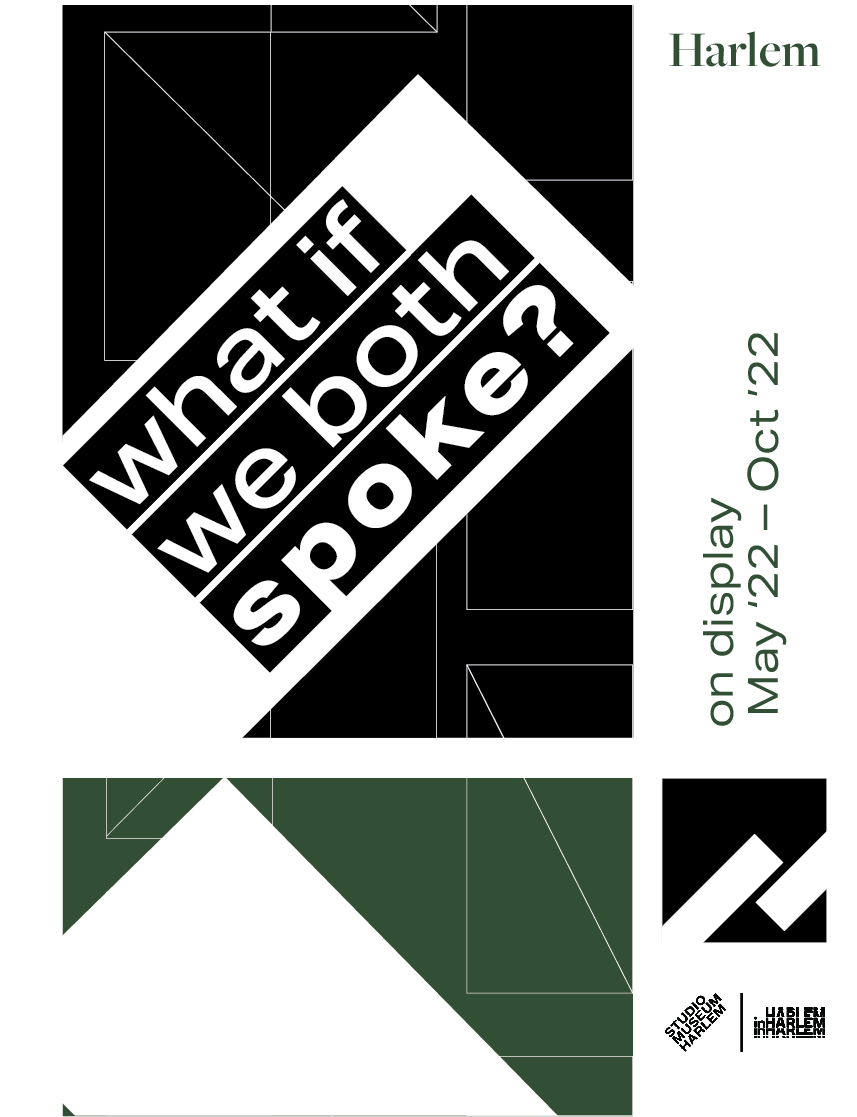
The presence of public memory sites that allow for authentic exchange and care, that uplift the marginalized perspective, is a challenge in our society. By imagining and creating a critical shift in narrative through experience design, we can not only reconstruct how and what narratives are preserved, but also create spaces that are designed to reflect with public perspectives on a range of sociocultural issues. A dialogic method in public exhibitions can enable visitors to unpack how collective memories, personal reflections, and our relationship to each other shape our narratives past, present, and future.
Client: The Studio Museum in Harlem
Venue: Central Harlem along St. Nicholas and Frederick Douglass Blvds between 120th and 126th St
Audience: BIPOC residents and visitors; Ages 15-64
Ciera Iveson
Thesis and Project
Seldom is Heard: Voices of the Cowgirl

Museum visitors come to historical exhibitions with preconceptions, biases, and relationships to content which can prohibit them from empathic experience, inclusive thinking, and active learning about different perspectives. Adaptive storytelling is a way for visitors to receive and process content within a designed environment that fosters critical thinking, relevancy, and connectivity to new information and context. Integrating adaptive storytelling into an exhibition that both incorporates a visitor’s perspective while introducing them to new ones can enable history museums to be a place of active engagement and conversation where visitors integrate historical knowledge with the present and the future.
Ciera's Design Development Documentation (.pdf)
Client: The Autry Museum of the American West
Venue: George Montgomery Gallery & South Lawn at the Autry
Audience: Adults and Young Adults in Los Angeles, Students, Tourists
Claudia Tinta
Thesis and Project
The Plant that Heals
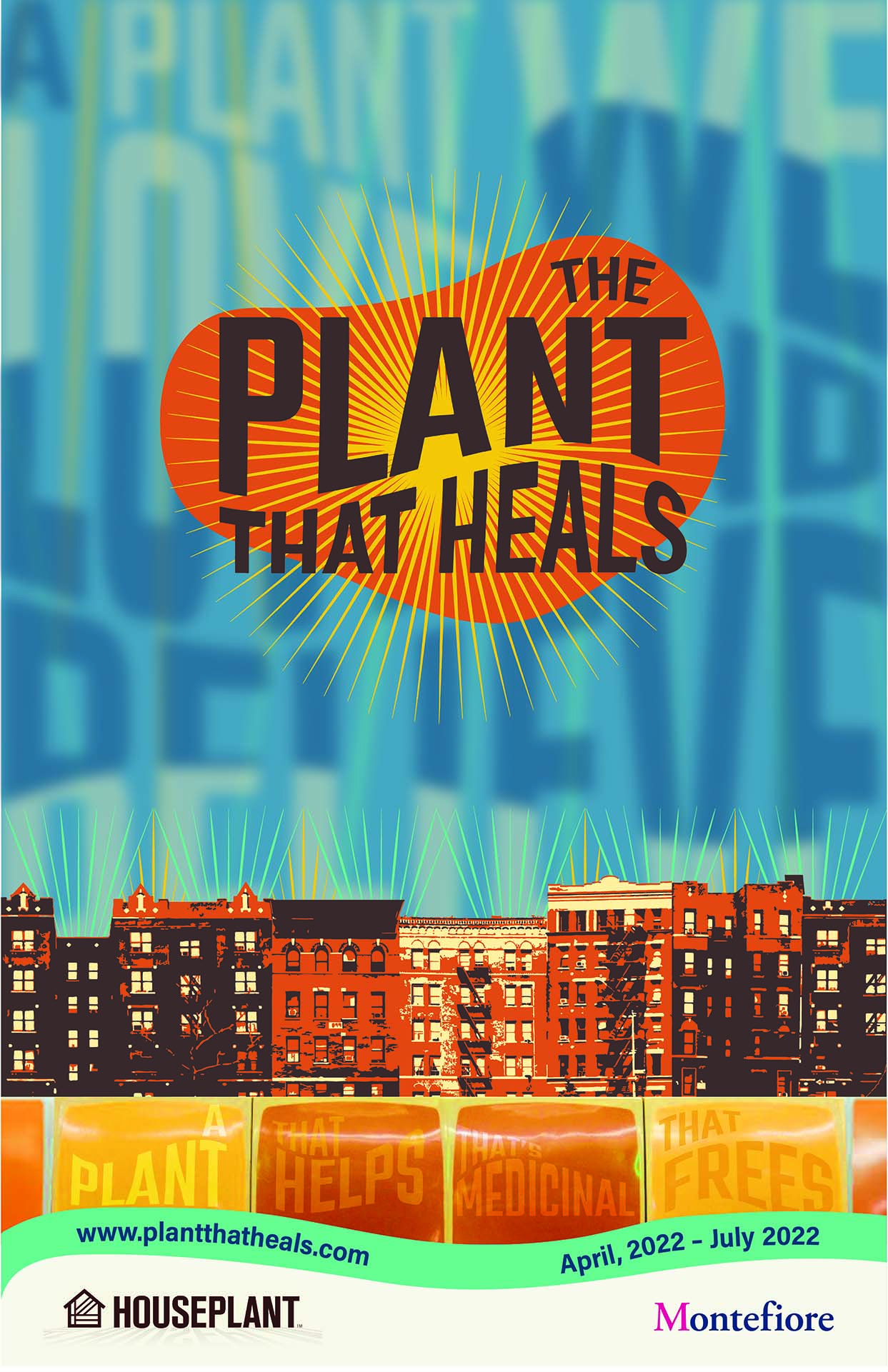
Consumer alienation in a retail environment can lead to a decrease in sales and negatively impact brand legacy. By developing environments driven by consumer engagement, retailers can improve the desired retailer-shopper bond and grow their brand communities. Experience Designers can use the psychological principles of autonomic mimicry and emotional contagion, to create kinesthetic experiences that positively influence a consumer’s emotional engagement within a retail environment, foster feelings of joy and increase sales.
Claudia's Design Development Documentation (.pdf)
Judges: If you missed the live presentation, you can view it now.
Client: Houseplant
Venue: Montefiore Hospital - Moses Campus
Audience: Women Ages 30-60
Eve Frudakis
Thesis and Project
Catalyst: Made of Stars
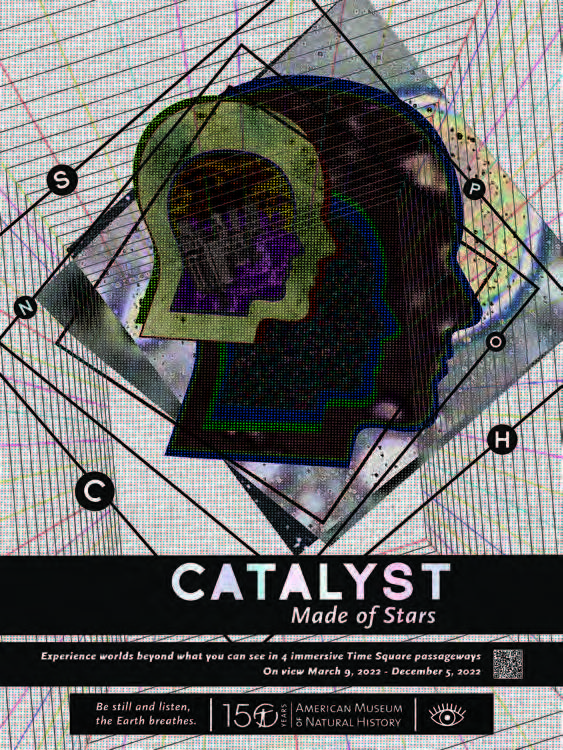
Mindfulness meditation practice heightens awareness in the present moment and deep sustained engagement and focus, which are qualities that go ignored in today's multitasking, fast-moving world. Human perception in response to specific forms of lighting in the designed environment influences "physiological responses" affecting audiences' mental and physical states. These lighting effects can be employed as a gestalt in driving the design of an environment that activates mindfulness, creating enhanced well-being in the form of positive inward and outward reflection in the visitor.
Client: AMNH
Venue: Interstitial passageways in times square James M. Nederlander Alley, Shubert Alley, Marriott Marquis Lot, Alley underpass Minskoff Theatre
Audience: Primary: 18-25 (Gen Z), Secondary: Office Workers
Kayla Van Name
Thesis and Project
EMPOWERED: Building Healthy Communities Together
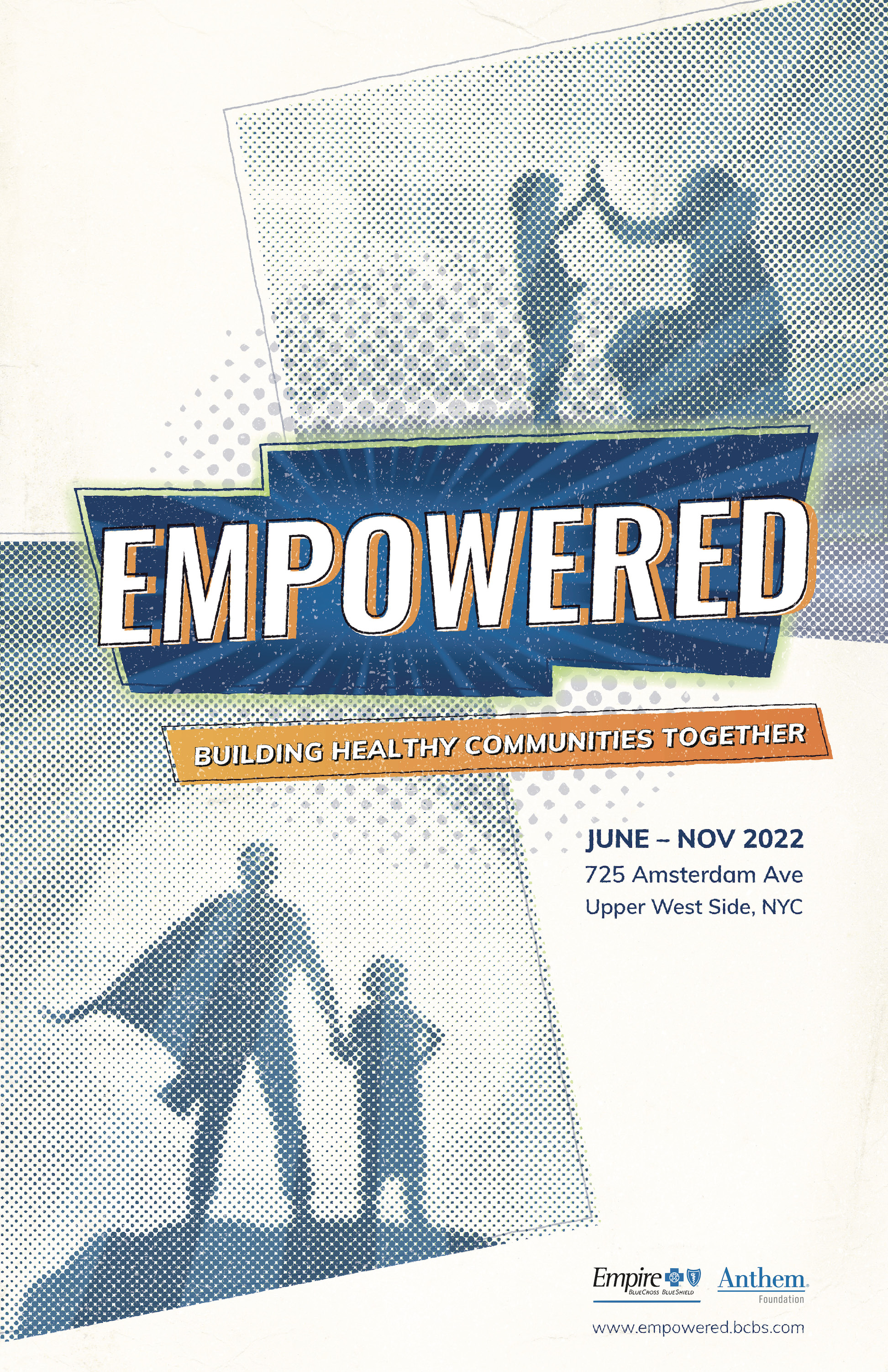
Exhibitions hold great potential for serving socially isolated older adults who are critically underserved and lacking in meaningful, approachable experiences and accessible social opportunities. Intergenerational engagement has the power to alleviate social isolation in older adults through exposure to new perspectives, active participation in cooperative play, the experience of mutual understanding, and the achievement of shared goals. Adapting these intergenerational design practices to the creation of shared environments will address the social isolation public health crisis and foster a renewed sense of purpose and meaningful social connections between generations.
Client: Empire BlueCross BlueShield & Anthem Foundation
Venue: Vacant Storefront, Upper West Side
Audience: Adults 60+ living independently, children ages 7-10
Kübra Sütlaş
Thesis and Project
Beyond the Visible: The Transformation of Electricity in Our Lives

When engaging with objects in museums, people construct meaning based on their previous knowledge and personal experiences. However, objects have their own story to tell, their unique connection to the people who created them and used them. Historical empathy, which is defined as “the process of understanding people in the past by contextualizing their actions”, allows people to understand the emotional state of another person as it relates to a specific time and place. Historical empathy can be achieved through utilizing objects within imaginative, immersive, and theatrical designed experiences that generate a specific context for an object to shift people’s perspectives, share its inherent story, and connect visitors with perspectives and emotions of people throughout history.
Client: Liberty Science Center
Venue: Liberty Science Center
Audience: Families with young kids, school groups
Naz Ertugrul
Thesis and Project
Flow

Today’s audiences are often chronicle-obsessed and co-dependent on smartphones to record moments for social appearance and photo likes, which results in a lack of presence in the moment and disengagement with the intentions of the setting. Repurposing the use of smartphones in interpretive experiences to break the barrier between the camera lens and the individual can enable audiences to chronicle experiences for the purpose of fostering a deeper awareness of and connection to themselves, and their surroundings. The use of customized smartphone applications as tools that can enhance the activation of the designed environment will facilitate audiences to identify and chronicle their meaningful moments, code-switch throughout their experience, and create their own journey.
Client: FIA x Apple x Adobe
Venue: Main Location:Superblue Miami, USA, Satellite Location #1: ArtScience Museum, Singapore, Satellite Location #2: Silverstone Interactive Museum, UK, Satellite Location #3: Yas Marina Circuit Racing School, UAE
Audience: Young Rising Female Athletes, Uninitiated Young Females From Different Backgrounds (Arts & Sciences), Female E-sport Gamers & Streamers Motorsport Racing Fans (F1, Indycar, Nascar, 24h of Daytona), Sport Enthusiasts
Shraddha Vijay Bedmutha
Thesis and Project
Hope : Power to People
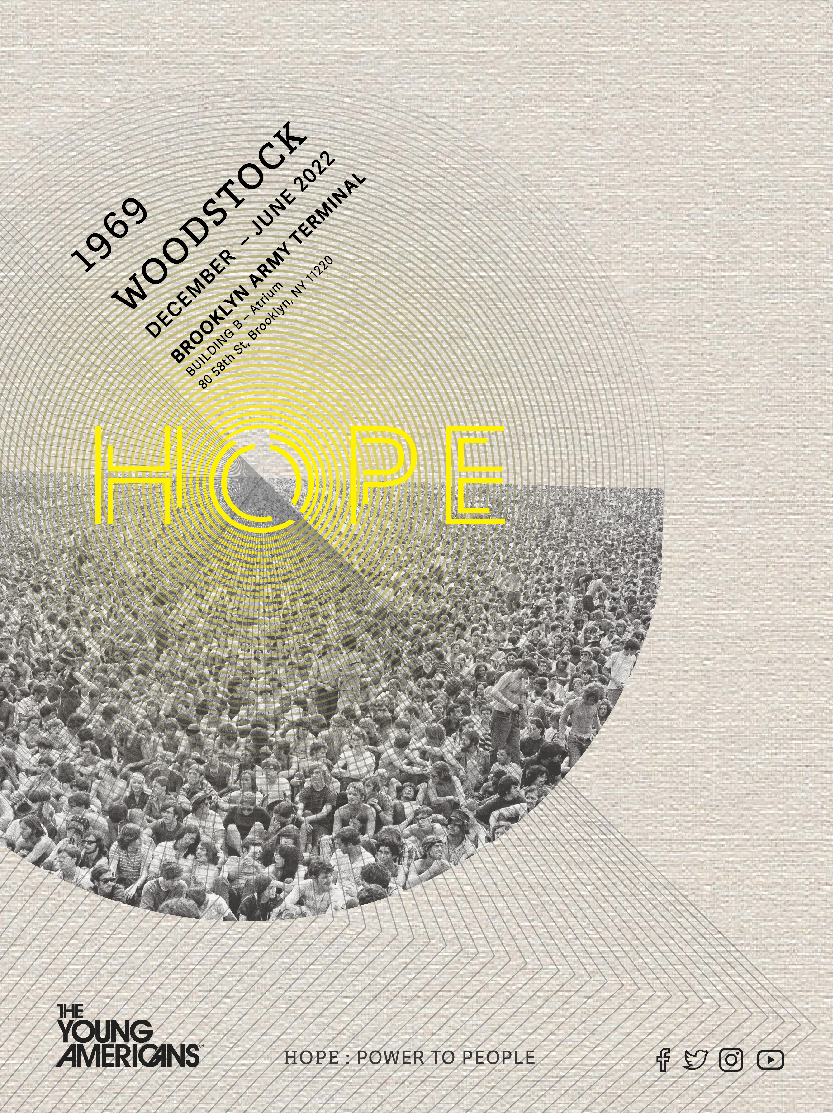
History museums are uniquely positioned to nurture a relationship with today’s 18-35 year olds, and offer hope in these times of societal turmoil. They can provide a platform that invites engagement with relevant and informative moments in history that are relatable and empathetic. Through designed safe environments that stimulate intimate and communal sharing experiences, history museums can build a common ground for addressing change and fostering unity. Enabling visitors to emotionally connect with themselves and others can build trust among people that they are not alone and we are all in this together.
Client: The Young Americans
Venue: Brooklyn Army terminal
Audience: Young Adults, college students, Members of LGBTQ community, Artists